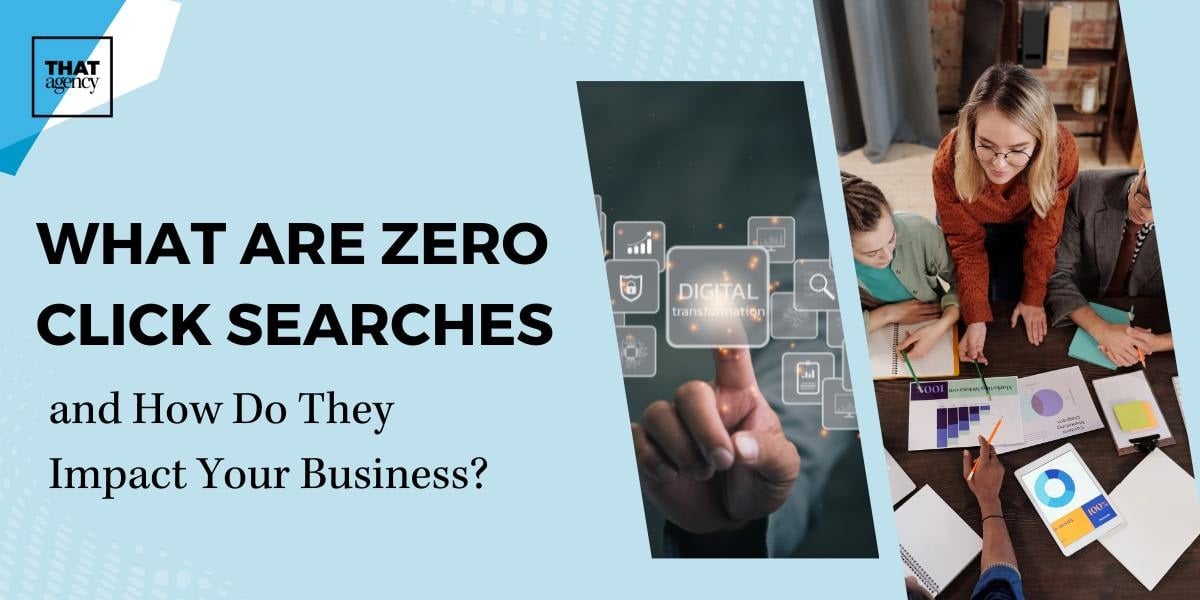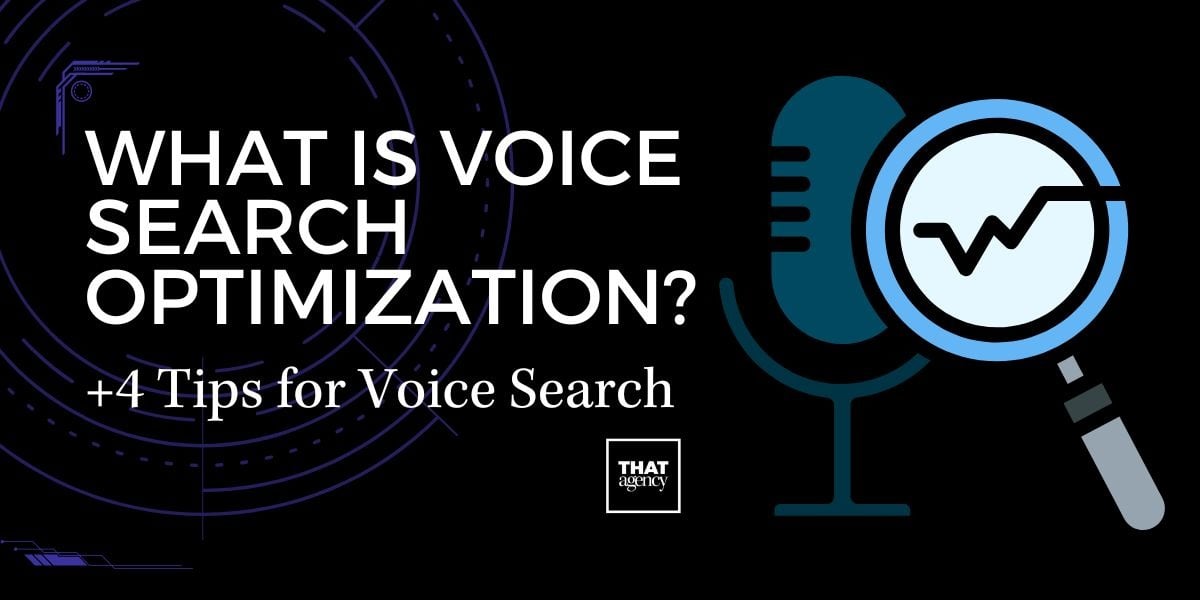If you run a website, you’re not just putting your business out there, you’re also taking on the responsibility of keeping your site and your visitors safe. With hackers targeting websites of all sizes every day, knowing the best ways to protect your site is more important than ever.
In this post, we’ll walk you through website security best practices in simple, easy-to-follow steps. You’ll learn how to protect your site, keep your customer data secure, and whether services like GoDaddy website security are worth using.
Why Website Security Matters
Website security might not seem like a big deal at first, but it plays a huge role in protecting your business and your customers. Every day, around 30,000 websites are hacked. And it’s not just large, well-known companies that are targeted. Small and local businesses often become victims because their websites are easier to break into.
Cybercriminals look for weak spots, like outdated software or easy-to-guess passwords. Once they get in, the damage can be costly and stressful to fix.
Here are a few things that can happen if your site gets hacked:
Customer information, such as names, email addresses, and credit card numbers, could be stolen and used for fraud or identity theft.
Google might flag your website as unsafe or even remove it from search results, which can hurt your visibility and your reputation.
Your website could go offline completely while you try to fix the problem, which means lost sales, missed opportunities, and a bad experience for your visitors.
If sensitive information is leaked and you’re not following privacy laws, you could face legal consequences and fines.
Even if you’re not selling anything on your website, a cyberattack can still damage your brand and make people hesitant to trust your business.
That’s why it’s so important to take website security seriously. By following website security best practices, you can reduce your risks, keep your site running smoothly, and give your customers peace of mind when they visit your site.
1. Always Use HTTPS (Not Just HTTP)
Have you ever noticed the small padlock icon next to a website’s address in your browser? That padlock means the site is using HTTPS, which stands for Hypertext Transfer Protocol Secure. It’s the secure version of HTTP and helps keep information safe as it travels between your website and the visitor’s browser.
When a website uses HTTPS, all the data sent back and forth is encrypted. That means if someone tries to spy on the connection, they won’t be able to see or steal the information. This is especially important for websites that ask for personal details, passwords, or credit card numbers.
To use HTTPS, your site needs something called an SSL certificate. This certificate creates the secure connection and shows visitors your site is trustworthy. The good news is that many hosting companies now include SSL certificates for free with their plans.
Having HTTPS also helps with search engine rankings. Google gives a small boost to secure websites, so using HTTPS can improve your visibility online. On top of that, some browsers warn users when a site doesn’t have HTTPS, which can drive people away before they even view your content.
If you aren’t sure whether your website is secure, just type your URL into a browser. If it starts with "https://" and shows a padlock, you’re all set. If not, it’s a good idea to contact your web host or developer and ask about getting an SSL certificate added to your site.
2. Keep Everything Updated
Your website is powered by software. That might include a content management system like WordPress, a custom theme, or different plugins that add features like contact forms, sliders, or shopping carts. Just like apps on your phone, these tools need to be updated regularly to keep them running smoothly and securely.
When software gets old, it can develop security gaps that hackers know how to find and take advantage of. These weak spots can make it easier for someone to sneak into your website without you even realizing it. Sometimes, all it takes is one outdated plugin for your entire site to be at risk.
Keeping everything updated is one of the easiest and most effective ways to protect your site. It helps patch those security holes and makes sure you’re using the safest, most reliable version of each tool.
Here’s what you can do to stay on top of updates:
- Turn on automatic updates for your website software if your platform allows it. This way, you won’t have to remember to do it manually every time a new version is released.
- Make it a habit to check your site at least once a week. Log in and look for update notifications, especially for plugins and themes.
- If you’re not using a plugin or feature anymore, go ahead and delete it. Even inactive tools can still be vulnerable if they’re out of date.
If you’re not sure how to manage updates or want to avoid the risk of something breaking during the process, it’s a good idea to work with a web developer or digital agency. They can make sure updates are done safely and keep an eye out for any issues that might pop up along the way.
Regular maintenance may not feel exciting, but it’s a big part of keeping your website secure and running like it should.
3. Use a Web Application Firewall (WAF)
Think of a Web Application Firewall, or WAF, like a digital security guard that stands between your website and the internet. Every time someone tries to visit your site, the WAF checks their request and decides whether to let them through. If it sees anything suspicious, it blocks the visitor before they can do any harm.
This kind of protection is important because it helps stop common threats, like hackers trying to guess your password, people trying to overload your site with traffic, or bots looking for ways to sneak into your system. A WAF also protects against more technical attacks like SQL injections and cross-site scripting, which can be tough to catch without the right tools.
Having a WAF is one of the easiest ways to add an extra layer of security without changing your whole website. Many WAFs work in the background, so once they’re set up, they just keep doing their job without needing much attention from you.
Here are a few trusted WAF providers that many businesses use:
- Cloudflare – Offers both free and paid plans, and also helps speed up your site
- Sucuri – Focuses on website security and includes malware scanning and performance tools
- Imperva – Used by businesses of all sizes, known for strong protection and detailed reporting
Some web hosts also offer built-in WAF services as part of their security packages, so it’s worth checking with your hosting company to see what’s already included.
4. Use Strong Passwords and Two-Factor Authentication (2FA)
Weak passwords are one of the easiest ways for hackers to get in. Every person who logs into your site should:
- Use a strong, unique password
- Turn on two-factor authentication (2FA) for an extra layer of protection
Tools like LastPass or 1Password help manage passwords, and apps like Google Authenticator are great for 2FA.
5. Back Up Your Website Often
Even if you follow every rule, things can still go wrong. That’s why backups are a must. If your site ever breaks or gets hacked, you can restore it quickly.
Tips for backups:
- Back up your site every day if possible
- Keep copies in more than one place (like on your hosting provider and in the cloud)
- Test your backups every so often to make sure they work
6. Give the Right People the Right Access
Not everyone on your team needs full access to the backend of your website. Only give people the access they really need.
Here’s what you can do:
- Set different permission levels for each user
- Remove access for people who don’t need it anymore
- Check for login attempts from unusual places or times
7. Scan Your Site for Malware
Use a security scanner to check your site for viruses, malware, or suspicious files. Some free or paid tools include:
- SiteLock
- Wordfence (for WordPress sites)
- Google Safe Browsing
These tools will let you know if something’s wrong—before your visitors do.
Is GoDaddy Website Security Worth It?
If you’re already using GoDaddy to host your site or register your domain, you might be wondering: Is GoDaddy website security worth it?
GoDaddy’s website security tools include malware scanning, daily backups, SSL, and a firewall. It’s an easy, all-in-one solution, especially for small businesses or people who aren’t tech-savvy.
But here’s the thing: while GoDaddy can be a good option for basic protection, more advanced websites—especially ones with high traffic or sensitive data—might need something stronger. You could pair GoDaddy with other tools like Cloudflare for more robust protection.
In short: GoDaddy is convenient and better than nothing, but not always the best fit for larger or more complex websites.
A Few More Ways to Keep Your Site Safe
If you want to go the extra mile, here are a few more tips:
- Turn off directory browsing so hackers can’t see your file structure
- Change your login URL (for example, from /wp-admin to something unique)
- Add security headers to help block common attacks
- Check uploaded files from contact forms or job applications
What to Do If Your Site Gets Hacked
Hopefully, it never happens—but if it does, don’t panic. Here’s what to do:
- Take the site offline to stop more damage
- Restore from your backup
- Find the cause of the problem (usually with a scanner or your web team)
- Let customers know if their info was exposed
- Ask Google for a review if your site was blacklisted
This is another reason many companies work with web design and digital marketing agencies like THAT Agency—to have experts ready to help when things go wrong.
Final Thoughts: Keep Your Website Safe and Your Business Strong
Keeping your site secure doesn’t have to be complicated. When you follow these website security best practices, you lower your chances of being hacked and build trust with your customers.
Start with the basics: use HTTPS, update your tools, back up your site, and add a firewall. If you’re not sure where to begin, or you just want help making sure it’s all set up right, that’s where we come in.
Want help protecting your website and keeping customer data secure?
Contact THAT Agency to learn how we can support your site with expert web design, security, and ongoing protection.
Frequently Asked Questions About Website Security
What are the most important website security best practices?
Some of the top website security best practices include using HTTPS, keeping software updated, setting up a web application firewall (WAF), enabling two-factor authentication, and performing regular backups. These steps help protect your site from malware, data breaches, and hackers.
Why is website security so important for small businesses?
Small businesses are often targeted because they may not have strong security in place. A breach can lead to stolen data, lost customer trust, and even legal issues. Strong website security helps keep your business and customers safe.
How do I know if my website is secure?
You can check if your website uses HTTPS (look for the padlock in the browser), run malware scans, and use tools like Google Search Console or third-party scanners like Sucuri or SiteLock to monitor your site’s health and security.
What is a web application firewall (WAF) and why do I need one?
A WAF helps block malicious traffic before it reaches your website. It can prevent attacks like SQL injections, cross-site scripting, and brute-force login attempts. It’s one of the easiest ways to strengthen your site’s defenses.
Is GoDaddy website security worth it?
GoDaddy’s website security services are a good starting point for basic protection, especially for small business owners. They include malware scanning, a firewall, SSL, and daily backups. However, larger websites or those handling sensitive information may need more advanced solutions.
What happens if my website gets hacked?
If your site is hacked, you should take it offline immediately, restore a clean backup, find and fix the vulnerability, and notify affected users if necessary. It’s also important to submit a review request to Google if your site was blacklisted.
How often should I back up my website?
Ideally, you should back up your website daily—especially if you update it often or run an online store. Automatic backups can help you recover quickly in case of a security breach or technical failure.
Can a secure website help with SEO rankings?
Yes! Google uses HTTPS as a ranking factor. Secure sites are also more likely to keep visitors on the page longer and build trust, which helps your overall SEO performance.
What tools can I use to improve website security?
Some helpful tools include:
- Cloudflare or Sucuri for firewalls and DDoS protection
- Google Search Console for monitoring security issues
- Wordfence (for WordPress sites)
- LastPass or 1Password for managing strong passwords
- UpdraftPlus or BlogVault for backups
Can THAT Agency help with my website’s security? Yes! THAT Agency offers web design and digital marketing services that include website security best practices. From secure site setups to ongoing maintenance and protection, we help businesses stay safe and grow online. Contact us to learn more.




.jpg)